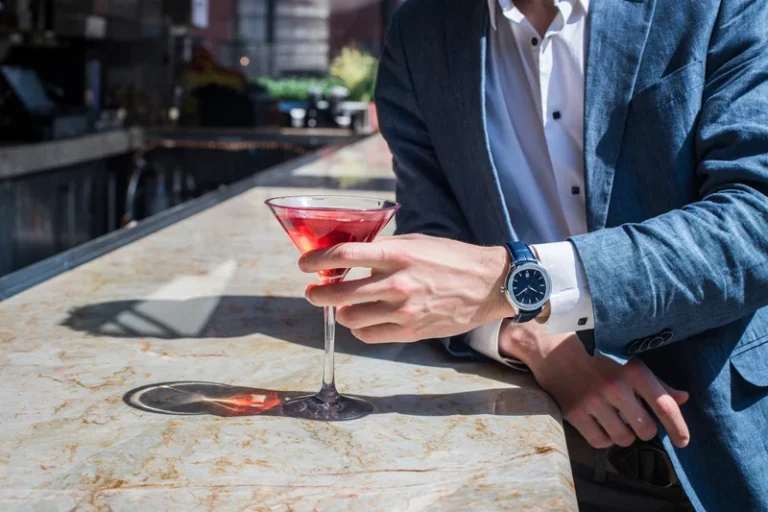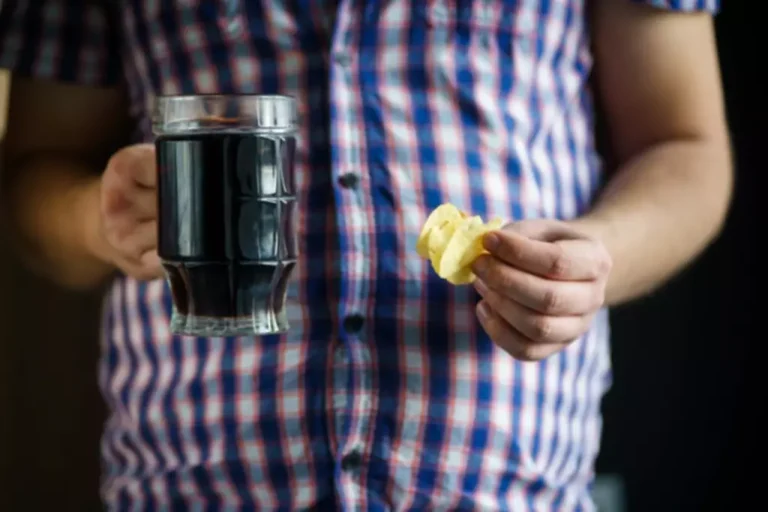
This also keeps our metabolism firing, which maintains a healthy body weight. And, of course, it’ll keep us from falling into the cravings trap. Coping mechanisms are key to managing cravings (and to navigate life’s ups and downs!). Deep breathing techniques calm our body and mind when cravings pop up. When you have alcohol cravings, there is usually some form of trigger.
Changes in brain chemistry
The most commonly used treatment is substance use disorder therapy. https://ecosoberhouse.com/article/how-long-does-fentanyl-stay-in-your-system/ This type of treatment uses varied approaches that treat each individual uniquely. Treating alcohol addiction with treatment and medication helps reduce the instances of relapse.
- Incentive salience is when the motivation for a reward is driven by a person’s physiological state, learned cues, and reward associations.
- She notes that it can help to avoid your triggers as much as possible in early recovery, since triggers are often most intense when you first stop drinking.
- Carefully expose yourself to these triggers while you’re with someone who’s supportive of you.
- Finding a therapist can also be a great starting point if you’re uncomfortable opening up to your healthcare professional.
- Generally, the more alcohol you drink on a regular basis, the longer it takes for cravings to subside.
Detox and Therapy
Of course, the healthiest approach is to eliminate sweets AND alcohol from your diet. But, if you presently drink too much alcohol try eating a sugary snack and notice if it reduces your desire for alcohol. Start cutting back drastically on sweets, and you just may find that your desire for alcohol decreases just as rapidly. If you feel tempted to drink alcohol RIGHT NOW try eating something how to reduce alcohol cravings sweet. This may reduce or eliminate the immediate desire altogether.
Prescription Medication
One of the active ingredients in milk thistle extract is silymarin, which may improve liver function in people with alcohol use disorder. Dairy products in general are good sources of calcium, vitamin D, and other vitamins and minerals that you’ll need to replenish to stay healthy and fight cravings. When taking disulfiram, drinking even a small amount of alcohol can produce effects such as flushing, headache, and nausea. These thoughts, feelings, sensations, and beliefs are not necessarily negative. You may drink to avoid certain feelings, for instance, but you also may drink to enhance certain feelings. Alcohol cravings can be difficult to manage alone, and there’s no shame in needing a little extra support.
Get Coaching Support
Your current relationship with alcohol can also have an impact. If you experience alcohol withdrawal symptoms, it’s crucial to connect with a medical health professional. After making a plan to stop drinking safely, medication may still be a helpful tool in your journey and longer-term alcohol recovery timeline.
Are Lectins Bad For You? 5 Foods To Avoid

Combining medication with therapy and other interventions can prove even more helpful than medication alone. The new edition of the Diagnostic and Statistical Manual of Mental Disorders (DSM-5) includes cravings as part of the diagnostic criteria for alcohol use disorder (AUD). All of the above behavioral interventions are available in formal alcoholism symptoms addiction treatment centers. At United Recovery Project, our holistic approach to addiction treatment centers around addressing and healing the underlying issues at the root of addiction.

Medication
Taking note of everything allows you to realize that urges increase and decrease in intensity over time. And keeping track over time gives you the chance to see if your efforts to reduce your urges and cravings are working. The list we present here is based on empirical research on clinical protocols for addressing alcohol cravings in treatment. The good news is that using these methods can improve our ability to manage and reduce urges. Alcohol cravings are strong urges or desires to drink alcohol, often experienced by people who are addicted or dependent on alcohol. Craving alcohol can be physical (in the body) or psychological (in the mind), making it difficult to resist.

Drug and Alcohol Addiction

If it helps, make a list of things that trigger you to drink. Navigating alcohol cravings is certainly challenging, but remember, there’s strength in numbers. Both professional support groups and personal networks play intrinsic roles in recovery.
- There have been reports that people who have lower sugar intake may experience less alcohol cravings.
- Naltrexone blocks the pleasurable effects of drinking alcohol and reduces cravings, which can help reduce the chance of lapsing/relapsing.
- These are just a few options you have that might distract you from alcohol cravings for long enough that they pass, while also helping you to relieve stress and boredom at the same time.
- The National Institute on Alcohol Abuse and Alcoholism (NIAAA) defines alcohol cravings as “a strong desire or sense of compulsion” to drink.
- A quick breathing technique can lower the wave before it swamps you.
Question the Urge
- Every person’s experience is unique, so finding what works best for you is important for long-term success.
- The need to address the specific triggers that cause cravings is essential for recovery and helps make the process more effective.
- Telehealth services are among the easiest methods to seek help for fighting cravings and alcohol addiction.
- Understanding which triggers you have can be complex initially, but you will be able to recognize them with practice.
Therapist-moderated support groups can help provide peer encouragement and accountability throughout your journey with moderation or abstinence. Self-care, including exercise, healthy eating, and sufficient sleep, can reduce stress and anxiety, which are common triggers for alcohol cravings. It’s essential to reduce alcohol consumption gradually, as abrupt reduction, especially after heavy drinking, can lead to dangerous withdrawal symptoms.















